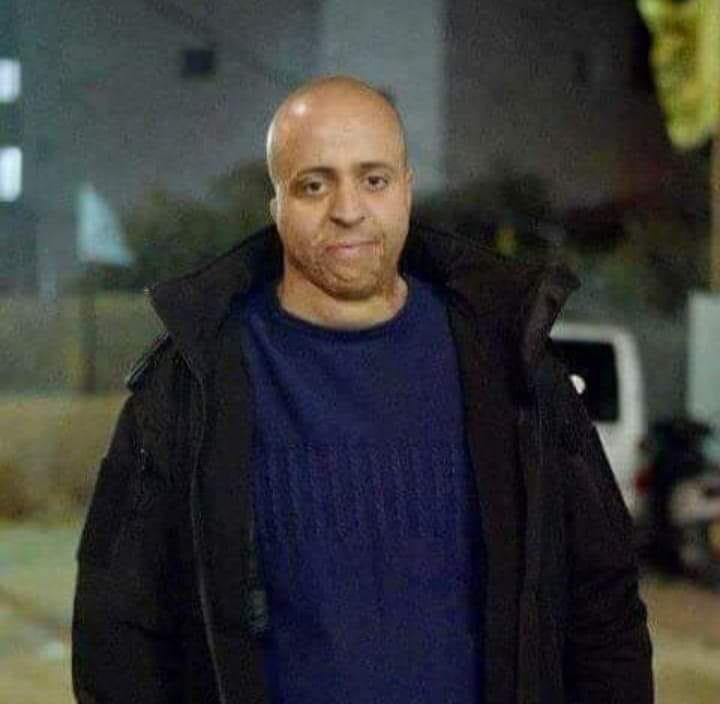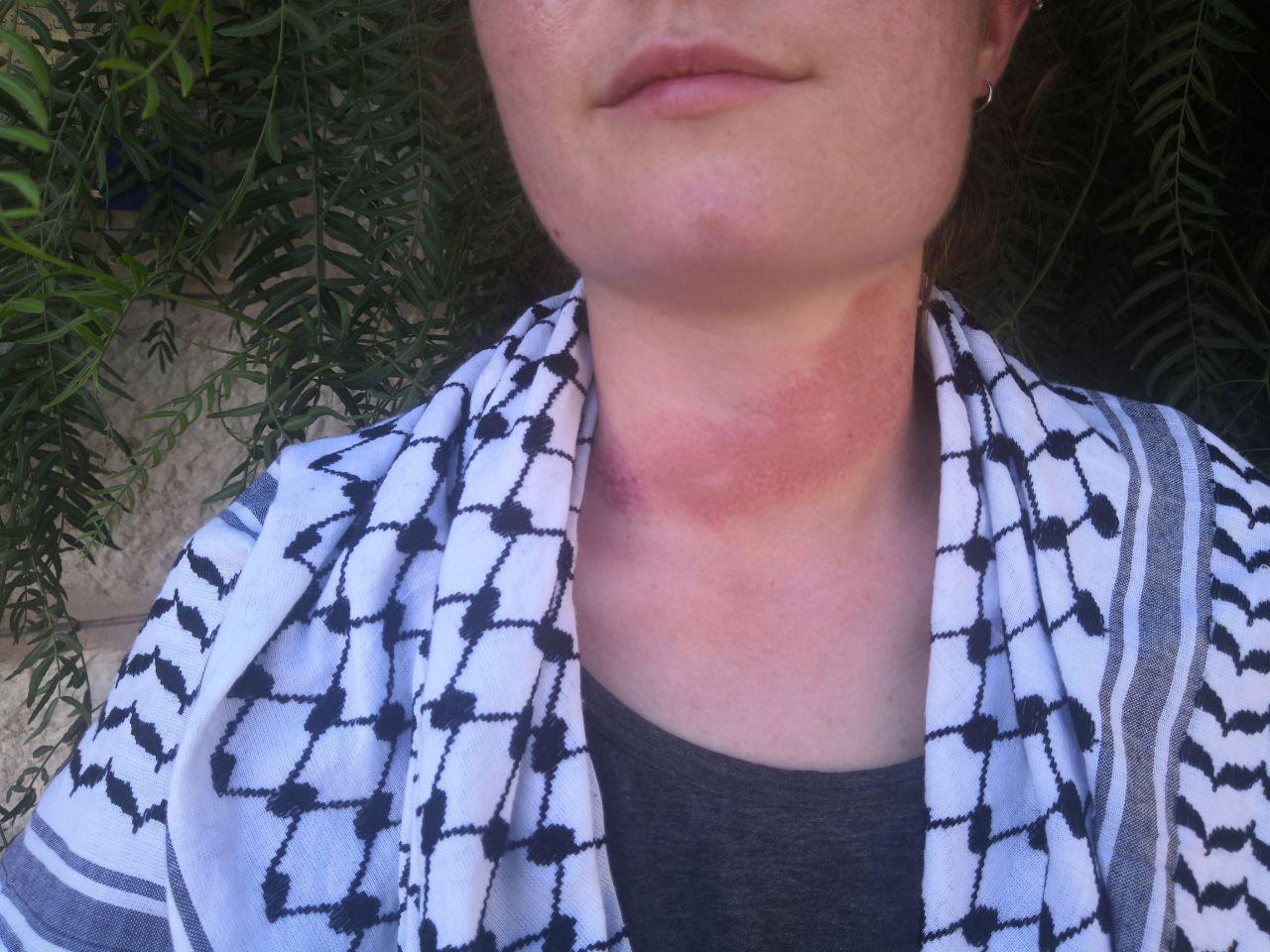Category: Features
-
Water Series: IOF destroy farmland east of Hebron – ISM speaks to owner Ghassan Jaber
July 30 2019 | International Solidarity Movement | Bit Arawa, occupied Palestine This is the first of a series of reports documenting the control and devastation of water sources by Israel as a tool of oppression. On Thursday 18th July Israeli Occupation Forces (IOF) came to the Al Baqa’a area, east of Hebron, and…
-
Huzaifa Bader: Fighting for justice; fighting for his life
July 25 2019 | International Solidarity Movement | Abu Dis, Occupied Palestine On the morning of the 25th of July Huzaifa Bader, 27, was rushed to Ramleh Prison Hospital in the occupied West Bank after he had been on hunger strike for 25 days. With his health deteriorating and with no sign of progress in…
-
Palestinians and British ISMers hospitalized in sadistic and brutal display of violence by Israeli soldiers in East Jerusalem demolition
July 23 2019 | International Solidarity Movement | Sur Baher, East Jerusalem occupied Palestine Two Palestinian families lost their homes yesterday in unprecedented mass demolitions in East Jerusalem carried out by 900 Israeli soldiers who hospitalized Palestinians and ISMers in a sadistic and brutal eviction operation. During the invasion of the two occupied buildings Israeli…


